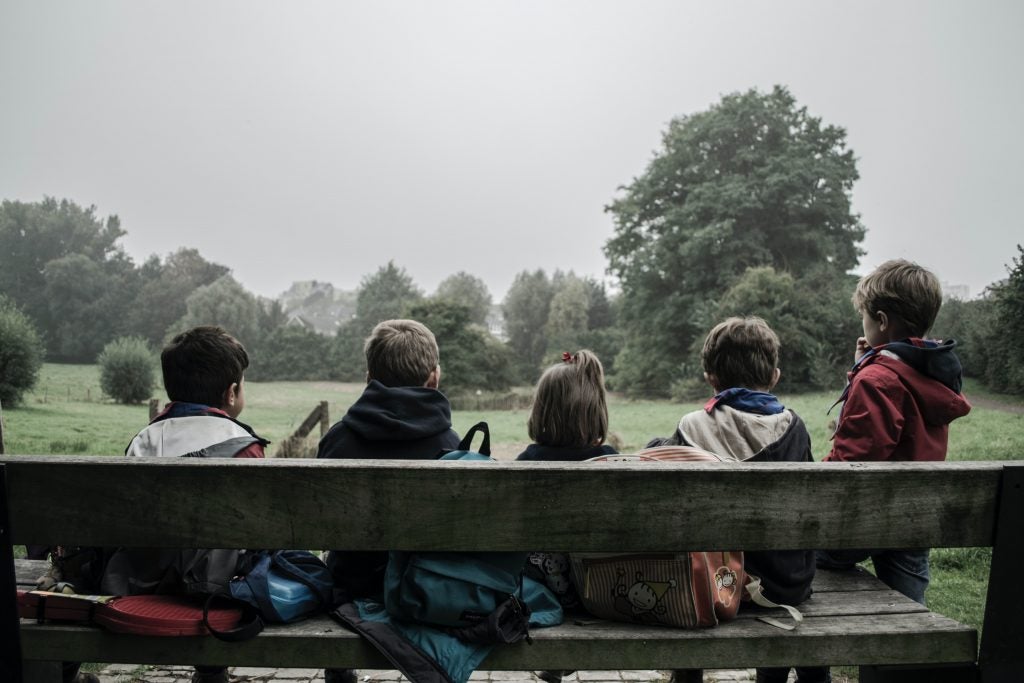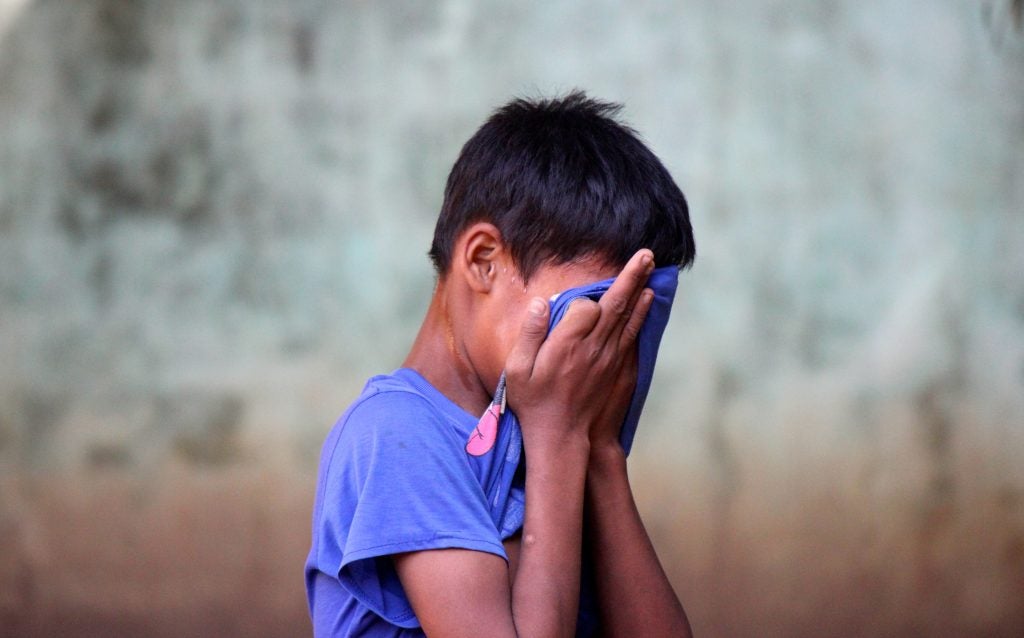Table of Contents
Overview

New studies from the Irish Society for the Prevention of Cruelty to Children (ISPCC), the Irish government, and personal accounts from survivors have brought to light new allegations against Irish industrial schools. Over a course of one hundred years, Catholic-run industrial schools were extremely common. These schools became a source of rampant sexual and physical abuse towards children between the ages of six and fourteen.1 Over one hundred and thirty thousand children were committed into Irish industrial schools and, up until the final school closed in 1969, very little was done to protect the children living under such conditions.
History of Child Abuse in Ireland
During the nineteenth and twentieth centuries, the predominant child protection legislation in Ireland was the Child Care Act of 1908, which still advocated for the use of corporal punishment (physical violence against children).2 Despite the formation of the Irish State in 1922, Britain’s Child Care Act of 1908 continued to govern in Ireland until the new Child Care Act of 1991 was introduced.1 Thus leading up to the 1980s it was still considered acceptable to use corporal punishment at home and at school. In addition, the Child Care Act of 1908 required only one yearly inspection of Irish industrial school and often did not enforce these inspections.1 These levels of incompetence, as well as the lack of legislative protections provided to children, lead to the grievous occurrences of abuse and neglect within the Irish industrial schools.
Children at Risk

Unlike reformatory schools that brought in young criminal offenders, the industrial schools predominately accommodated “at-risk” youth.1 These children could be taken into care for various reasons, most often for having a lack of proper guardianship.1 However, the term “proper guardian” was used broadly, and children could be taken in for having unmarried mothers, having parents incapacitated by illness, only one parent, and/or parents who could not financially support their children.1
Cases of Abuse
A recent enquiry into one institution, Catholic-run Artane industrial school, has uncovered the history of forced labor, neglect, and sexual abuse that occurred there during the twentieth century. Artane’s former student Patrick Walsh, revealed some of the abusive acts inflicted upon many of the children. Patrick Walsh was placed in the care of Artane because his father had abandoned him; the court deemed that his mother was incapable of caring for him and sentenced him to six years at the Artane industrial school.3 Children at Artane worked the fields without pay and were often beaten by the priests and nuns that ran the school. While most of the children regularly suffered physical abuse, some were subjected to acts of sexual abuse performed by those in charge. Patrick Walsh now campaigns alongside the Irish Survivors of Child Abuse in order to “expose a system that allowed thousands of vulnerable children to be exploited and sexually abused while in the care of both church and state.”3

Government Action
The Irish government published a five-volume report confirming the allegations proposed by former students who encountered abuse. Despite the government admitting to the wrongdoings committed against the children within the industrial schools, no abusers have been brought before Irish courts or criminalized.3 Fortunately, thousands of survivors have been compensated by the Irish government (however, the Catholic church refused to pay full compensation). Therefore, Irish taxpayers subsequently paid a large portion of compensation, and the Catholic Church only contributed $172 million of the $1.8 billion expected cost.
References
- Maguire, Moira J., and Sé Ó Cinnéide. “A Good Beating Never Hurt Anyone”: The Punishment And Abuse Of Children In Twentieth Century Ireland.” Journal Of Social History 38.3 (2005): 635-652. Academic Search Complete. Web. 30 Jan. 2014.
- Ferguson, Harry. “Abused And Looked After Children As ‘Moral Dirt’: Child Abuse And Institutional Care In Historical Perspective.” Journal Of Social Policy 36.1 (2007): 123-139. Academic Search Complete. Web. 30 Jan. 2014.
- McDonald, Henry. “Irish Catholic Church Child Abuse: ‘A Cruel and Wicked System'” Theguardian.com. Guardian News and Media, 20 May 2009. Web. 30 Jan. 2014.
Last updated 28 January 2014.
